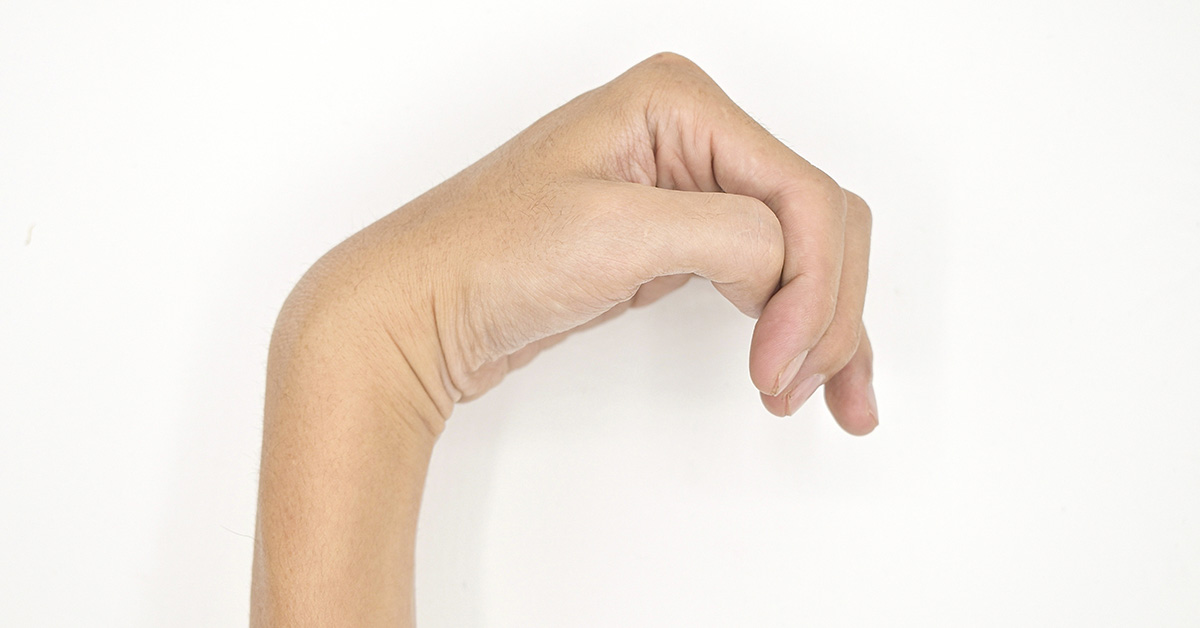Case studies are detailed reports of a particular person or situation for further analysis. Although no scientific conclusions can be made from one anecdote, these reports can indicate areas in need of further research. They also record fascinating and sometimes terrifying incidences. One case study from 2018 presented a situation where a man woke up with hemiplegia. In other words, half of his body was paralyzed. Unfortunately, the authors believe the situation may have been caused by an extremely common condition: unmanaged high blood pressure.
Waking up with partial paralysis
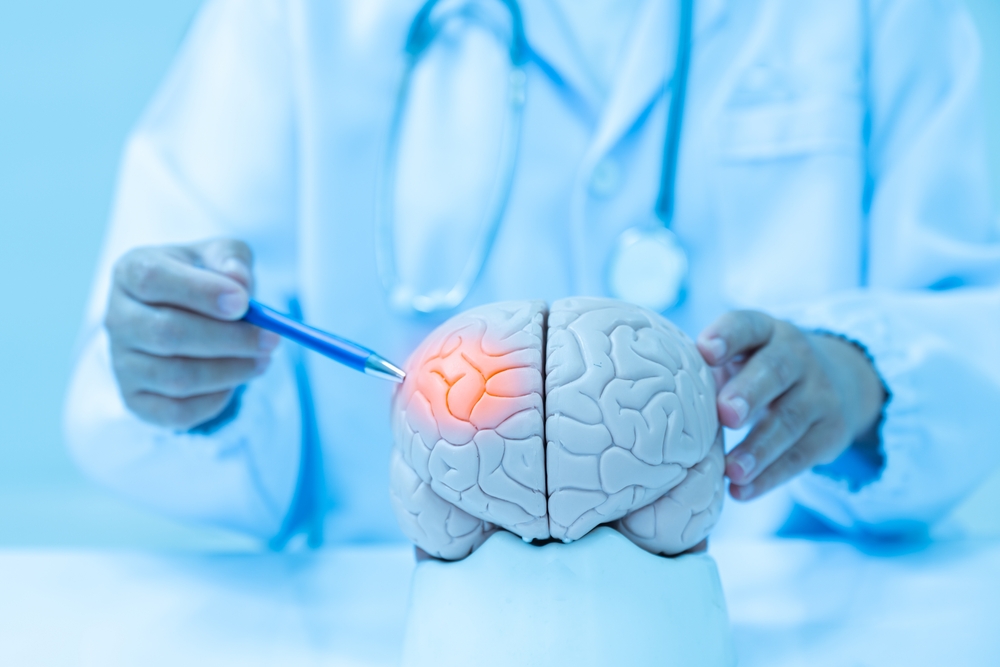
Hemiplegia is a condition where one side of the body becomes paralyzed. It most often is the result of a stroke. In this case, a 39-year-old male woke up with it after a “silent stroke”. More specifically, he suffered weakness and a facial droop on one side, difficulty speaking, and a severe headache. After a few hours, he went to the hospital. The doctors there initially gave him the National Institutes of Health (NIH) stroke score of 8 (meaning it was a moderate stroke). This is not to be confused with hemiparesis.
Understanding the Difference Between Hemiplegia and Hemiparesis
Hemiplegia and hemiparesis both affect one side of the body but differ in severity. Hemiplegia is complete paralysis on one side, causing total loss of movement and muscle control. It often results from serious conditions like strokes or brain injuries. In contrast, hemiparesis is partial weakness, where movement is still possible but limited in strength and coordination. People with hemiparesis may have difficulty with balance and fine motor tasks but retain some function. Diagnosis for both involves neurological exams and imaging. Treatment includes physical therapy, with different goals based on the level of impairment.
After hospital treatment
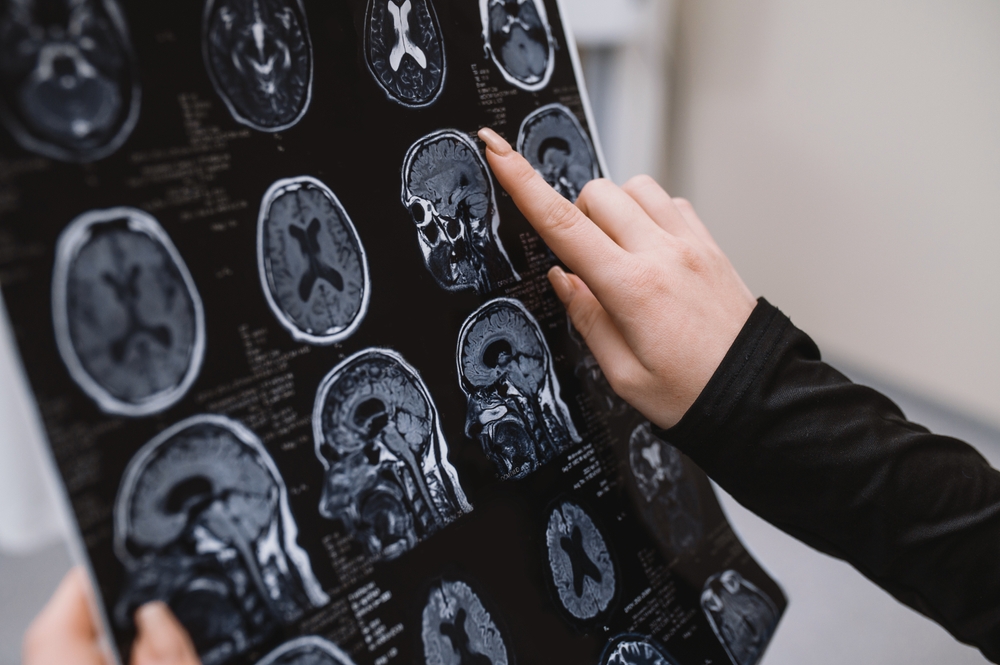
The patient had a history of an autoimmune condition called scleroderma and hypertension (high blood pressure). Fortunately, his severe headache cleared once his blood pressure was stabilized through intravenous medicine. Fortunately, by the second day in hospital care, his speaking abilities and hemiplegia improved, getting the stroke score of 4. After physical and occupational therapy, he was allowed to go home. The study authors considered two major factors responsible for the stroke and resulting hemiplegia: his scleroderma and hypertension.
What is scleroderma?

The patient was a smoker until a decade before this incident, according to the case study on NeurologyLive. He had quit after being diagnosed with scleroderma, a rare autoimmune disease that thickens and hardens skin. It can also affect the muscles, joints, lungs, circulatory system, and other parts of the body. Unfortunately, scleroderma can cause all sorts of complications, including headaches, seizures, atherosclerosis, neuropathy, blood clots, carpal tunnel syndrome, and strokes. There is currently no cure for this condition, only treatments to slow its progression and ease the symptoms, according to Cleveland Clinic.
Read More: Blood Clots Can Strike Without Warning: Are You Aware of the Symptoms?
What is hypertension?
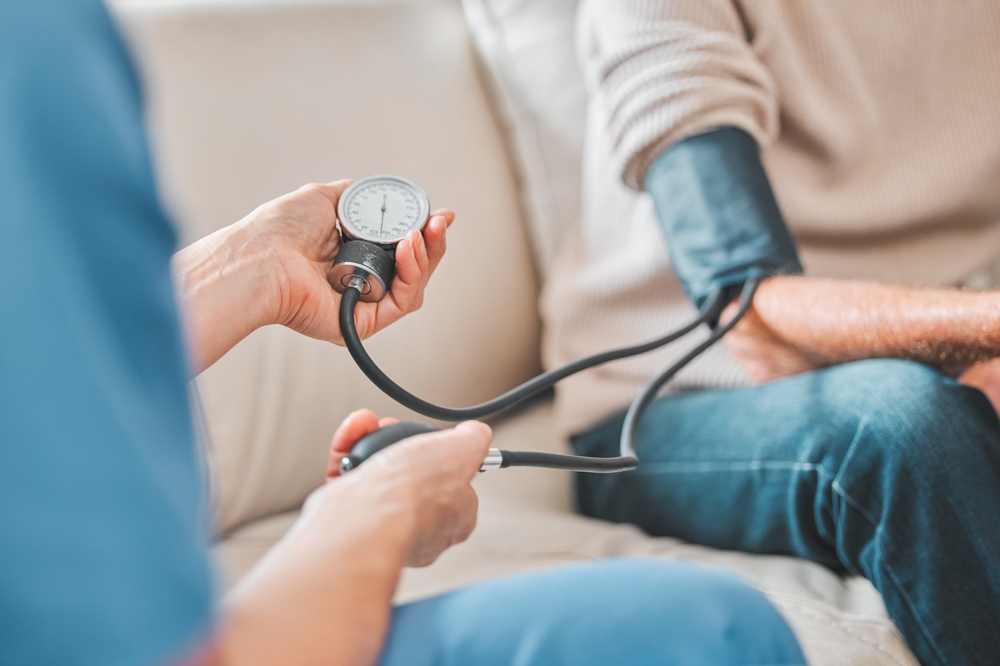
The study authors concluded saying the patient needed “close follow up hypertension management and secondary stroke prevention.” (They also advised better adherence to his medication routine and potentially immunotherapy for scleroderma in the future.) Hypertension is the medical term for high blood pressure, which is when the blood is pushing with too much force against the artery walls. This means the heart has to work harder to pump blood. When unmanaged, it could increase the risk of heart attacks and strokes.
Read More: Blood Pressure Chart: Normal & High Blood Pressure by Age
More common in men

According to the CDC, almost half of the adults in the U.S. have hypertension, and only one quarter of them manage it properly. Plus, a higher percentage of men have uncontrolled blood pressure compared to women. Research shows this may be due to males being more likely to have other hypertension risk factors, including obesity, tobacco use, alcohol consumption, and poor diet.
Read More: 5 Prostate Cancer Symptoms Every Man Should Watch For
More about strokes and hemiplegia
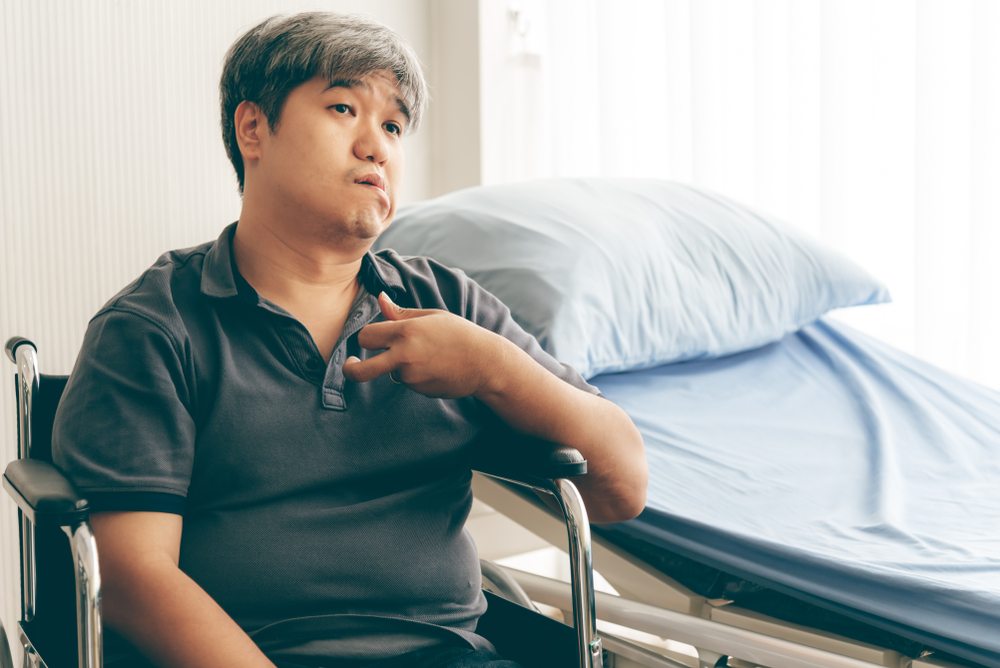
Hemiplegia is one of the most famous signs of a stroke. It tends to cause weakness, loss of muscle control, stiffness, poor balance, trouble walking, as well as paralysis, all on one side of the body. Hemiplegia can also be a result of brain trauma, tumors, and infections, says Healthline. Unfortunately, the condition has no cure, but it generally doesn’t worsen over time. With professional assistance, people with hemiplegia can live independently. Many also need help with their mental health to overcome the shock of becoming paralysed so suddenly.
More about hypertension
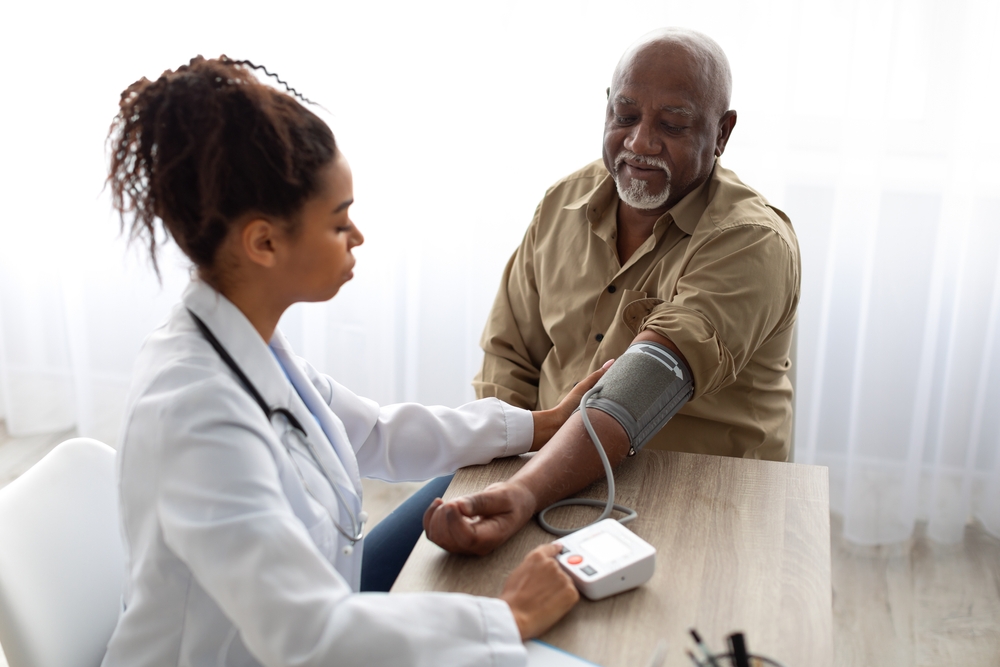
Most people with hypertension don’t feel any symptoms, which means they could have it for years without knowing. Signs like headaches, nosebleeds, and shortness of breath usually only appear when blood pressure levels are severely high and life-threatening. There is usually no identifiable cause of hypertension, although in some cases it’s from plaque buildup in the arteries or underlying conditions like kidney disease and thyroid issues.
How to manage high blood pressure

Stroke is just one possible result of uncontrolled high blood pressure. Others are heart attacks, aneurysms, dementia, and problems with the metabolism, eyes, and kidneys, according to Mayo Clinic. Fortunately, hypertension can be managed with a healthy lifestyle. Like the patient in the case study, quitting tobacco is important, as is avoiding or limiting alcohol. Good-quality sleep, regular exercise, and stress management is also key, says the U.S. National Heart, Lung, and Blood Institute. A heart-healthy diet involves multiple factors, such as choosing foods low in salt and high in potassium, like fruit and vegetables. Although hypertension can lead to upsetting complications, there are many resources and professionals available to help treat it and prevent these outcomes.
Read More: Bell’s Palsy: What Causes It, and Symptoms to Look Out For
